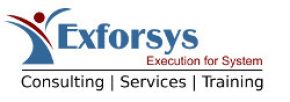Category: C Language
Developed originally at Bell Labs by Ken Thompson and Dennis Ritchie in the second half of the 1980’s, the C Language has become a high-level programming language responsible for almost all operating systems of today. Together with the object-oriented successor of C, C++, these two languages have become commercial software’s first choice in programming language. UNIX runs on C Language and is becoming commercially acceptable on a mass scale.
Venture capital seems to be financing C Language-based software development as it is gaining interest in the job market and receiving support from large corporations and big business markets. Communications and Information Technology are some of the employment opportunities available for the expert C Language programmer.
Like any language learning exercise, the C Language begins with Variables and Constants. These Variables and Constants of basic data types create words and sentences of C, forming the C programming language. A set of instructions and rules for writing in the C Language exists, as is part of any computer programming language. These instructions are explained in online tutorials defining Statements, Expressions, Operators, Managing Input/Output Operations, Strings, Arrays, Functions, Pointers, Dynamic Memory allocation and more.
Using Preprocessor directives, Macros, define identifier string, Simple macro substitution, Macros as arguments, Nesting of macros, Un-defining a macro and File inclusion, the C Language programmer becomes familiar with the terms and functions of this complex programming language. The preprocessor in the C Language is examined in tutorials that describe modifying and reading C Language and discuss efficiency and portability.
